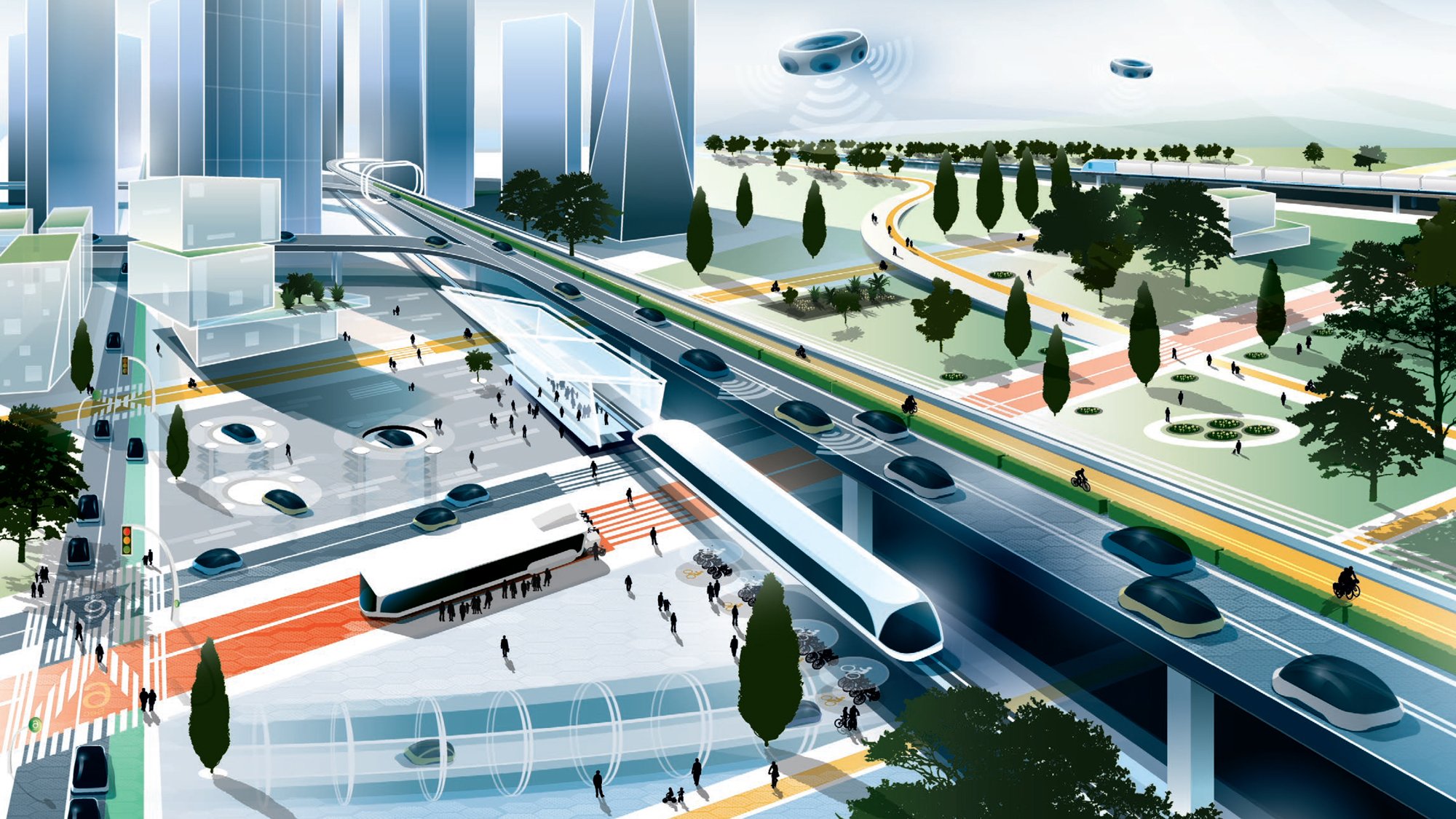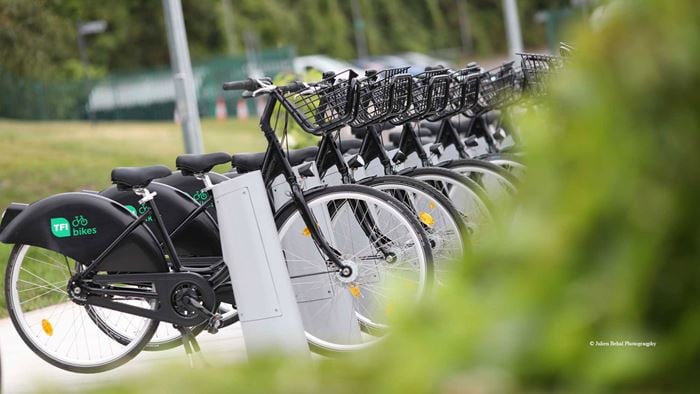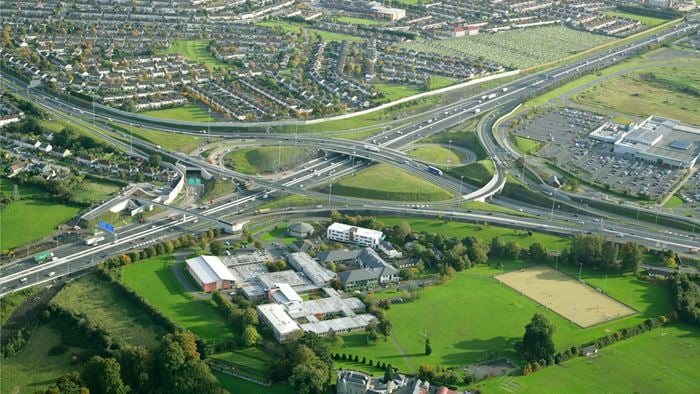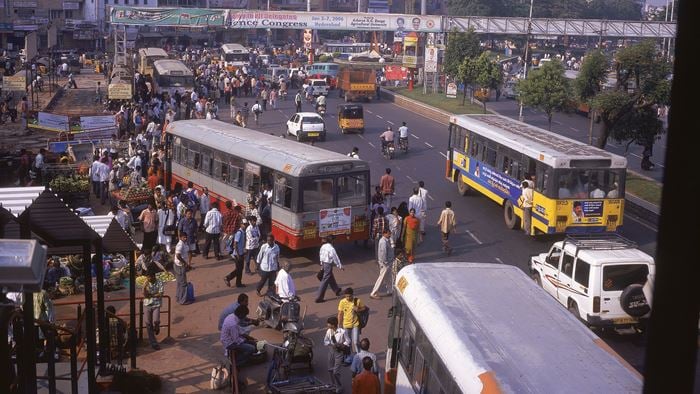How intelligent transport services are changing the way cities move
Imagine your phone telling you to stay in bed because the traffic is terrible, or that the quickest way to get to work today is to hop on your bike. This is smart mobility in action, and one example of the power of intelligent transport systems (ITS).
The oneTRANSPORT project, where we are leading transport consulting aspects of the project, is making this a reality. As our team explain in the video below, we’re creating an open-source ITS platform for oneTRANSPORT that shares transport data using internet-of-things technology. It will help expert developers and analytics communities create new public information services and tools that make getting around easier.
In New York, our Drive Smart project uses in-vehicle data collection to help drivers in the city save time and money and encourage safer driving. The initiative uses an on-board device to record GPS and vehicle telemetric data, route selection, driver behaviour and vehicle movement patterns. It’s estimated this data could spark some 350 different new services, such as usage-based insurance.
Initiatives like oneTRANSPORT and Drive Smart are helping cities tackle a growing problem: around the world, urban transport is feeling the strain. Our Future of Highways report highlighted how pollution, congestion and changing weather patterns are putting pressure on transport networks. In response, many cities are choosing to get smarter about mobility.
The report highlights how different technologies – such as e-payments for tolls, buses and trains – can benefit passengers and operators alike. As the video above shows, we’re already putting intelligent transport into action to help cities as diverse as New York, Bangkok and Limerick.
An intelligent way to tackle congestion
Read the following excerpt from Design Book: 50 city stories explored, and find out more about how we applied intelligent transport systems to tackle congestion in the Irish city of Limerick.
A talking transport system
Technology can revitalise transport networks. In the Irish city of Limerick, increased traffic threatened to worsen the congestion already caused by poor traffic signal coordination, street parking and freight loading. This didn’t just make buses run late, it also affected the prosperity of the entire city.
Our study revealed that simply linking up the traffic signal network would lead to a smarter system.
So we got them talking. We linked the traffic lights to a central system so they could respond to fluctuations in traffic and quickly produce fault alerts if one set wasn’t working. Sensors were installed to differentiate between regular vehicles and buses, giving buses priority at traffic lights. Old-fashioned parking discs were put to work alongside smartphone apps. Electronic signs help motorists find empty parking spaces. And even before you reach the city, electronic signs advise about routes and parking and in wet conditions warn against potential flooding.
Congestion has reduced and public transport is more widely used and reliable. Limerick is on the move again.
Where next?
For our team, it’s an exciting time. As the transport world breaks free from its traditional silos and opens up its data, there are more and more opportunities for intelligent transport services to deliver smart mobility. The next five years will bring a step change in urban transport – and it’s going to be an interesting ride.
 ;
;












